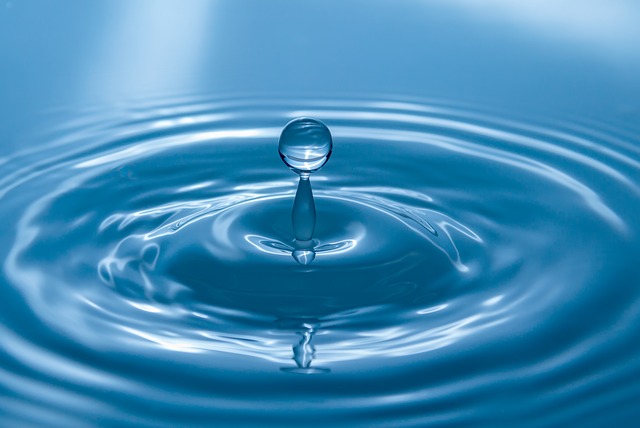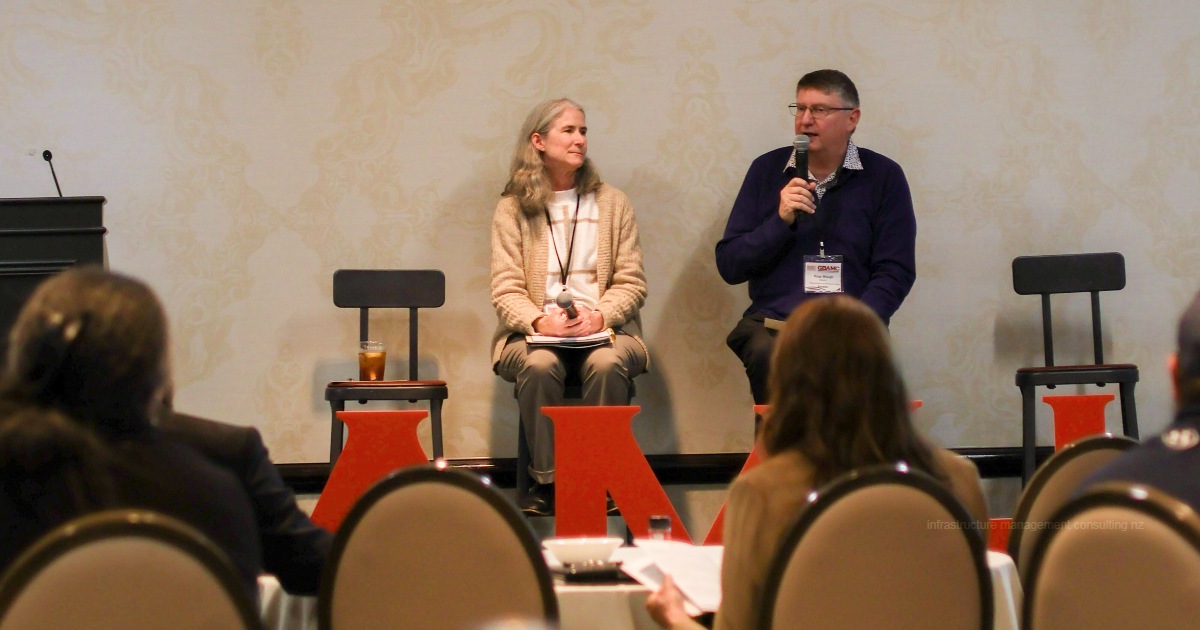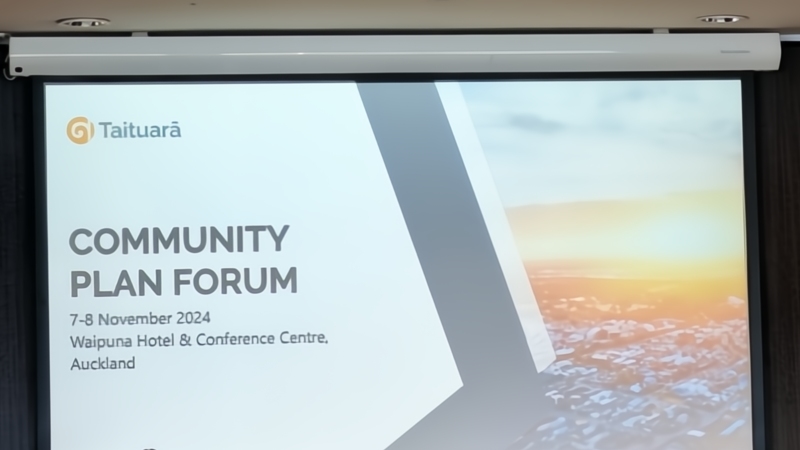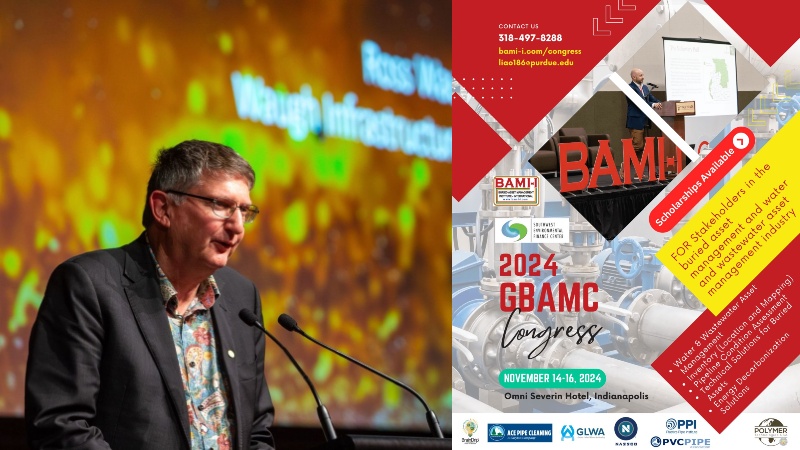
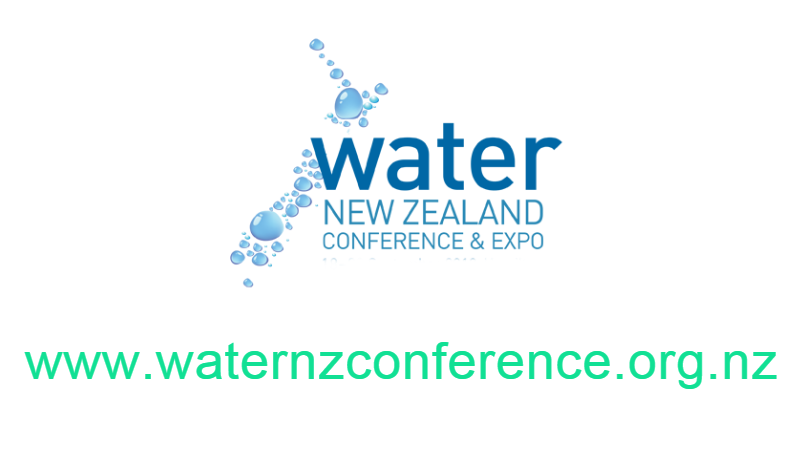
The 2019 iteration of the Water NZ Conference offered a broad selection of topics and speakers to ensure there was always something interesting happening.
The exhibitor’s area was again jam-packed with enthusiastic vendors offering a remarkable array of wares in a low-pressure environment.
The theme of change in our industry was again evident, although, to the relief of this attendee, not promoted with the vigour of last year.
Ministers, Parker and Mahuta outlined the Governments work program and view on RMA and water reform and how these two work-streams that interlink and support one another.
The thought leadership stream involved talks relating to Local Government Funding Review and Planning and Procurement, both of which linked nicely with the views of the Ministers.
A key take-out being the need to address, either voluntarily, or with encouragement, or by dictate, the removal of performance excellence restrictions considered to arise from sub-regional structures.
There were a number of technical papers that showcased the breadth of very smart thinking that underpins our industry.
Two that I found particularly interesting involved an advanced method of considering water leakage and a real-world, New Zealand-based view of what climate change could mean for network operators.
The water leakage paper, “Pressure-Based Leakage Characterisation of Bulk Supply Pipelines” – JE van Zyl, University of Auckland, the water leak assessment involved the introduction of water into a closed system at varying pressures and recording the volume change.
This method allowed the identification of the type of leakage by the manner in which the volume responded to the changes in pressure. This allowed the determination of the theoretical leak size giving the network owner the opportunity to design and target intervention strategies.
The climate change paper, “Is this Climate Change? – Experiences that are Increasing our Resilience” – Nathan Clarke, Nelson Regional Sewerage Business Unit, looked at the impact of flood and fire events on a coastal wastewater plant and low-laying network infrastructure.
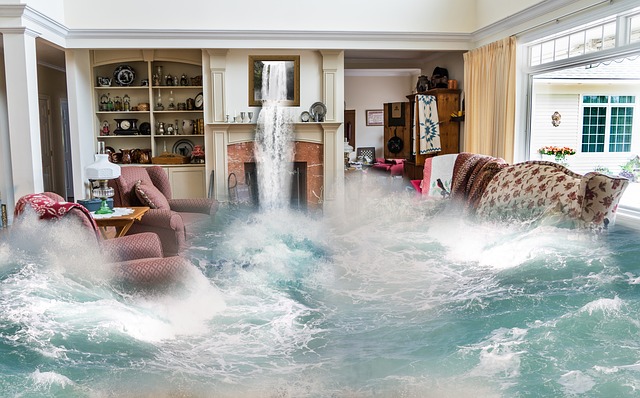
The effects of sea-water inundation and the ongoing consequence for a biological treatment process gave pause for thought – how resistant to sea-level change and storm surge are the many coastal treatment and disposal systems and how should you plan and manage this impact in the short and long-term.
